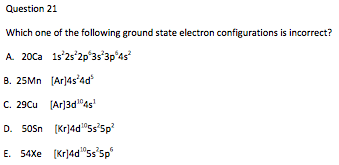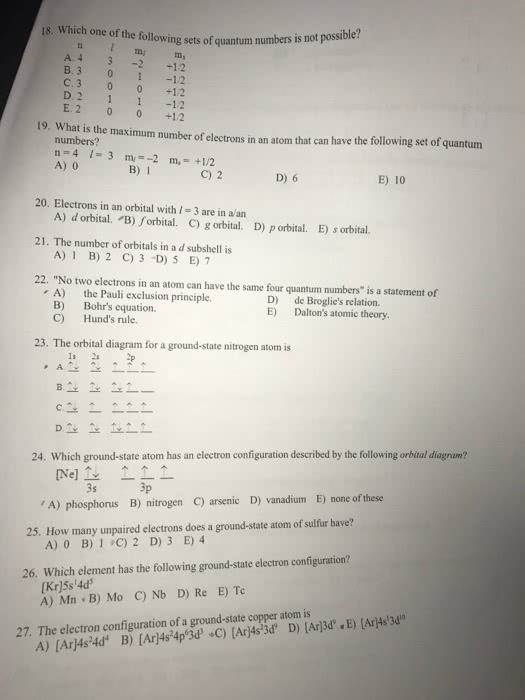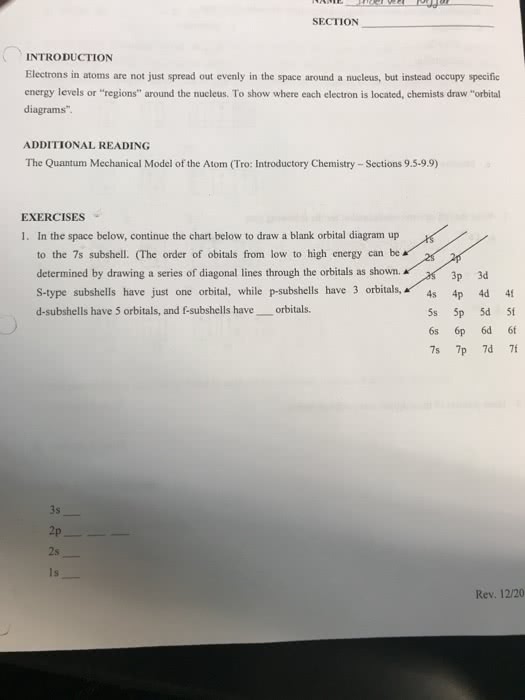CHEM 110 Study Guide - Final Guide: Molecular Orbital Theory, Valence Bond Theory, Atomic Radius

37
CHEM 110 Full Course Notes
Verified Note
37 documents
Document Summary
Ji(cid:373) a(cid:374)d ti(cid:373)"s e(cid:454)celle(cid:374)t ad(cid:448)e(cid:374)ture"s i(cid:374) fi(cid:374)al e(cid:454)a(cid:373) preparatio(cid:374) Which of the following statements is a true statement about the orbital into which the last electron was filled for the element. It absorbs enough energy so that its final energy is greater than zero. Practice final #1 - 2013: the ionic radii of the ions, fe2+ and fe3+, are different. Which of the two has the larger radius and why: fe3+. Although both the species have the same nuclear charge, more electrons are pulled in the case of fe3+ than in fe2+: neither fe2+ nor fe3+, but fe+1 has the larger ionic radius. Since the removal of only one valence electron from its outermost d orbitals, the species acquire a d5 configuration and thus give a greater stability to fe+ cation (half-filled orbitals are as stable as the filled ones): fe2+.



